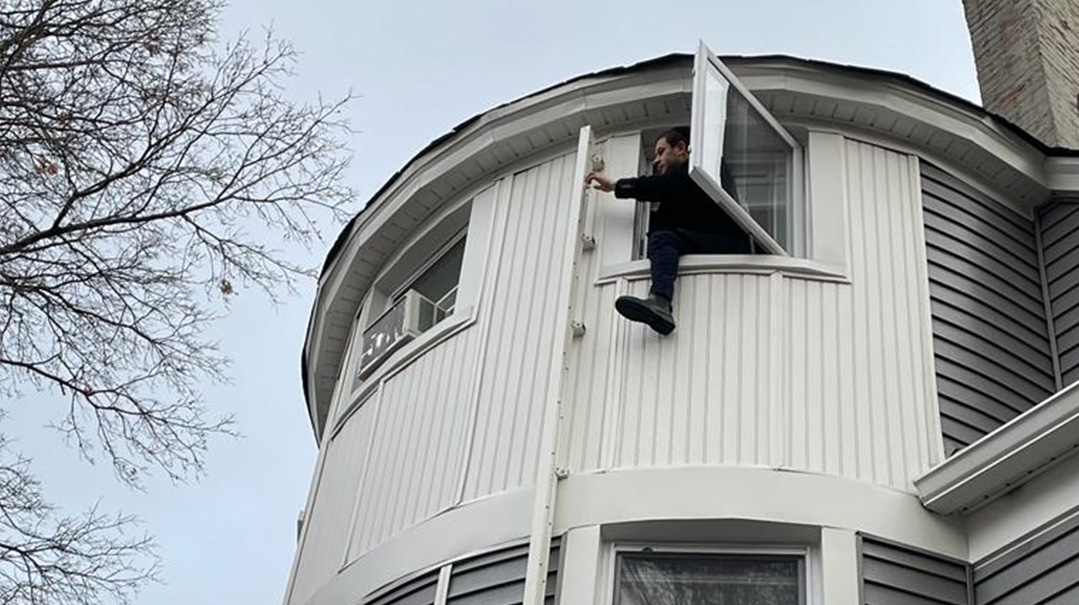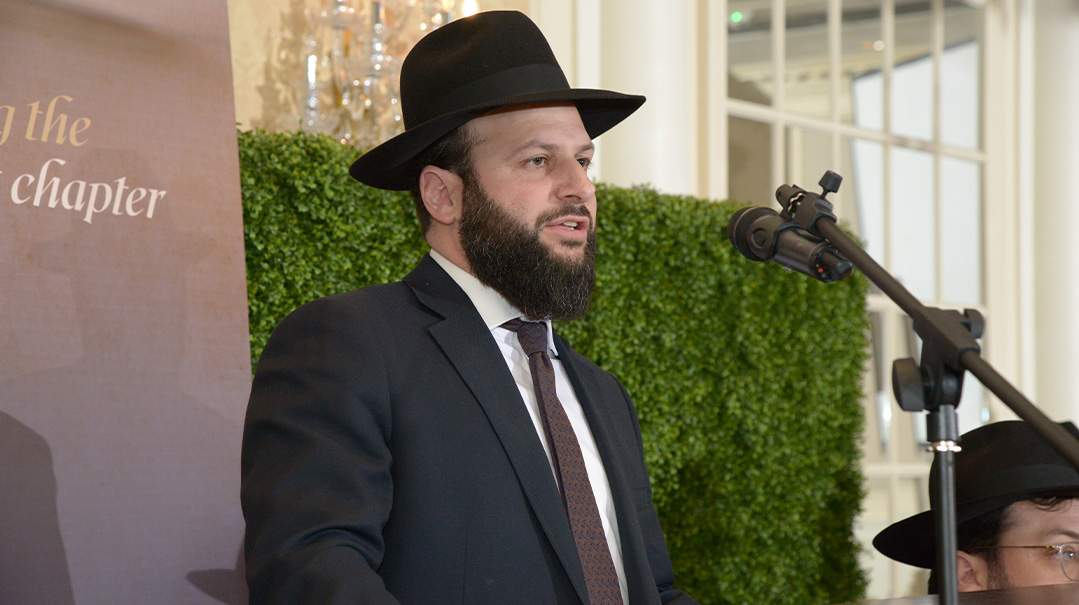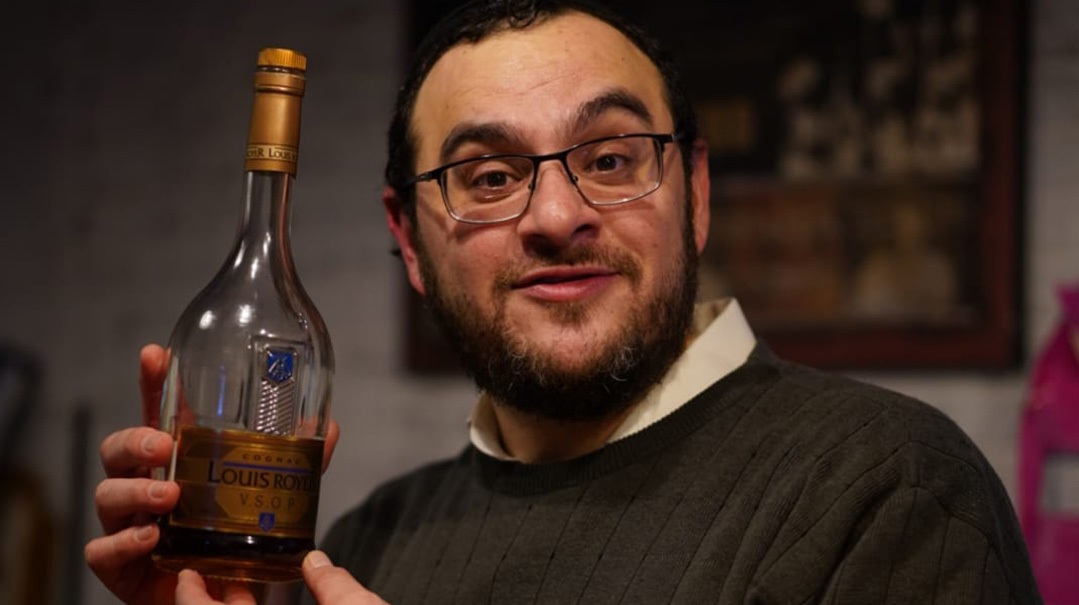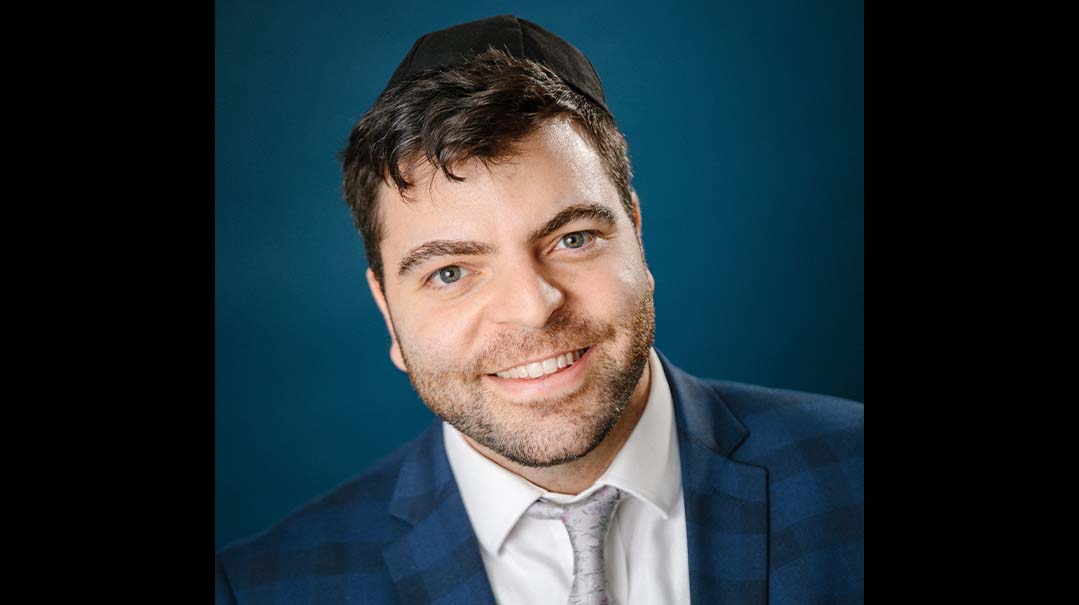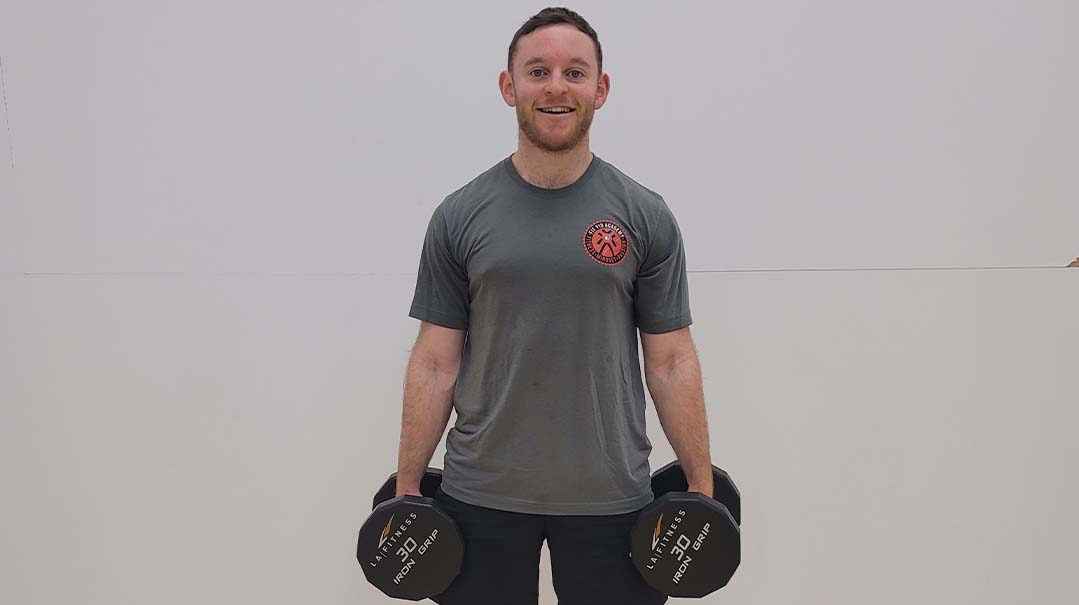10 Questions for Ethan Addess

Ethan Addess is an air traffic control specialist at Miami Air Route Traffic Control Center in Miami, Florida

How many planes are you responsible for at one time?
During peak travel times, it can be 20 to 25 planes at once. It takes years of training to learn to keep all of the planes in your sector in order. But the number of planes you’re supervising varies, based on time of the day, day of the week, and time of the year. During off-peak hours, late at night, we’re talking five to ten.
What are the main causes of delays in air traffic?
It’s — you guessed it — the weather. Sometimes it cooperates, sometimes it doesn’t, and obviously we can’t control it. When there’s bad weather — thunderstorms, low clouds, low visibility on the ground — we need to provide extra spacing between planes in the sky so when they get to their destination, they can land safely. If a thunderstorm develops over the airport or one of the routes in, say, over the north arrival corridor, we’ll reroute it to approach the destination from a different direction, say from the west or the east. If we have to hold the aircraft, we usually do it when they’re still many miles out so they can plan.
They say air traffic control is 95 percent boredom and 5 percent sheer terror. Is it really?
Aside from training on regular operations, we also consistently train for emergencies: equipment malfunction, medical situations onboard aircraft. We hope there won’t be any problems, but with so many aircraft, so much weather variance, and billions of passengers annually around the globe, something will happen at some point across the skies — statistically, there’s just no way to avoid it. It isn’t common, though, and I know controllers who go their whole careers without handling an unusual situation. The key to the training is knowing how to handle one if and when it occurs.
Okay, but did you ever have any close calls?
Not really. I was once working an early morning shift when an aircraft flying to the Bahamas suddenly radioed that they’re declaring an emergency because there’s smoke in the cockpit, and they need to land as soon as possible. Now, getting an aircraft from 27,000 feet in the sky down to the ground is not as easy as just letting it descend and land — there are other planes in the air, airspace between our airport and the destination, and other controllers who are working those aircraft and airspaces. An emergency aircraft has highest priority, but we don’t compromise anyone else’s safety, so I had to coordinate with the other controllers. My partner talked to the pilot for more information while I notified the other controllers and my supervisor. This took, at most, 30 seconds. Meanwhile, baruch Hashem, the pilot was able to fix the issue. They continued on to their original destination without stopping, and we went back to our normal business. Looking back, I can say I was never scared, never wavered, and never doubted myself — and that’s really important. In this job, you don’t have time to think about what’s going on or to panic, you just have to do it instinctually.
What personality traits are necessary for air traffic control?
Remain calm under pressure, for sure — our job ensures the safety of many lives, so even in stressful times you need to be able to keep calm. When an aircraft is flying 35,000 feet above ground and traveling 500 miles an hour, you can’t take your time. We’re actually trained on how to use our time efficiently, because you need to be able to take it seriously — it’s a serious job — and to know how to balance priorities while getting everything done. To be honest, I’m pretty sure I was this way before I became an air traffic controller — my friends and family can tell you that! — but I’ve learned to be even better because of my job.
What equipment do you always have on you?
It’s not one piece — we actually use rooms of equipment, think many computers and many screens. I work on what’s called a Radar Scope, which shows me the positions of the aircraft in my sector, along with their altitude, ground speed, and more. There’s also a secondary screen to the side that gives me more information about aircrafts coming in and out of my sector, like their routes or any possible conflicts, so we can plan accordingly. I’m also always wearing my headset — it’s the standard “push to talk” type, like what they use at 911 call centers and NASA mission control.
How do you prevent misunderstandings with pilots?
There’s a standard phraseology we use to communicate. Some basic examples: When I tell a plane, “Climb and maintain flight level 350,” I’m telling him to climb to 35,000 feet. When I need to slow down an aircraft so everyone stays in line, I say, “Reduce speed maintain two niner zero knots” — that’s 290 knots of speed. Niner is instead of nine for two reasons: nine can sound like five, so we keep five as five and say niner instead of nine. Also, all air traffic control centers and pilots around the world speak English, and “nein” in German means “no,” we want to avoid that confusion. We keep words to a minimum, no prepositions. I’ll tell an aircraft leaving my sector, “Contact Palm Beach Approach one two five point two” — that’s the frequency of the controller whose airspace they’re entering — without using the word “on.” Another example: We never say “to” because it can sound like the number two.
What’s your schedule like?
This is a 24/7 job, there are always air traffic controllers working. We have a rotating shifts type of schedule: I do afternoons and early morning, and I’ll be starting midnight shifts next year; I haven’t done those yet. I sign up for days off on Shabbos and Sunday, and I use vacation days for Yom Tov.
How did you get into this field?
Originally I planned to go to NYU Polytech for Engineering after yeshivah, but in my second year in Israel I realized I really want to go into aviation. Not as a pilot — I wanted to be able to come home every night, and I didn’t want to travel for a living. So I researched air traffic control, applied to colleges overnight, and the next year I went to school in New York, at Vaughn College of Aeronautics and Technology. I ended up getting my degree in aeronautical science, which includes aircraft operations, piloting, and air traffic control.
Do you have to be a licensed pilot to be an air traffic controller?
No. I am, though. I fly recreationally to keep up my flight currencies. I fly small planes, nothing too big, and I don’t own a plane, though I’d like to one day. I don’t have any crazy flying stories — that’s something we try to avoid, we don’t go out in bad weather. As my flight instructor taught me during training, “I’d rather be on the ground wishing I was in the air than in the air wishing I was on the ground.”
(Originally featured in Mishpacha, Issue 839)
Oops! We could not locate your form.

